Kazakhstan

Official name: Republic of Kazakhstan
Population: 18 300 000
Area: 2 717 300 km²
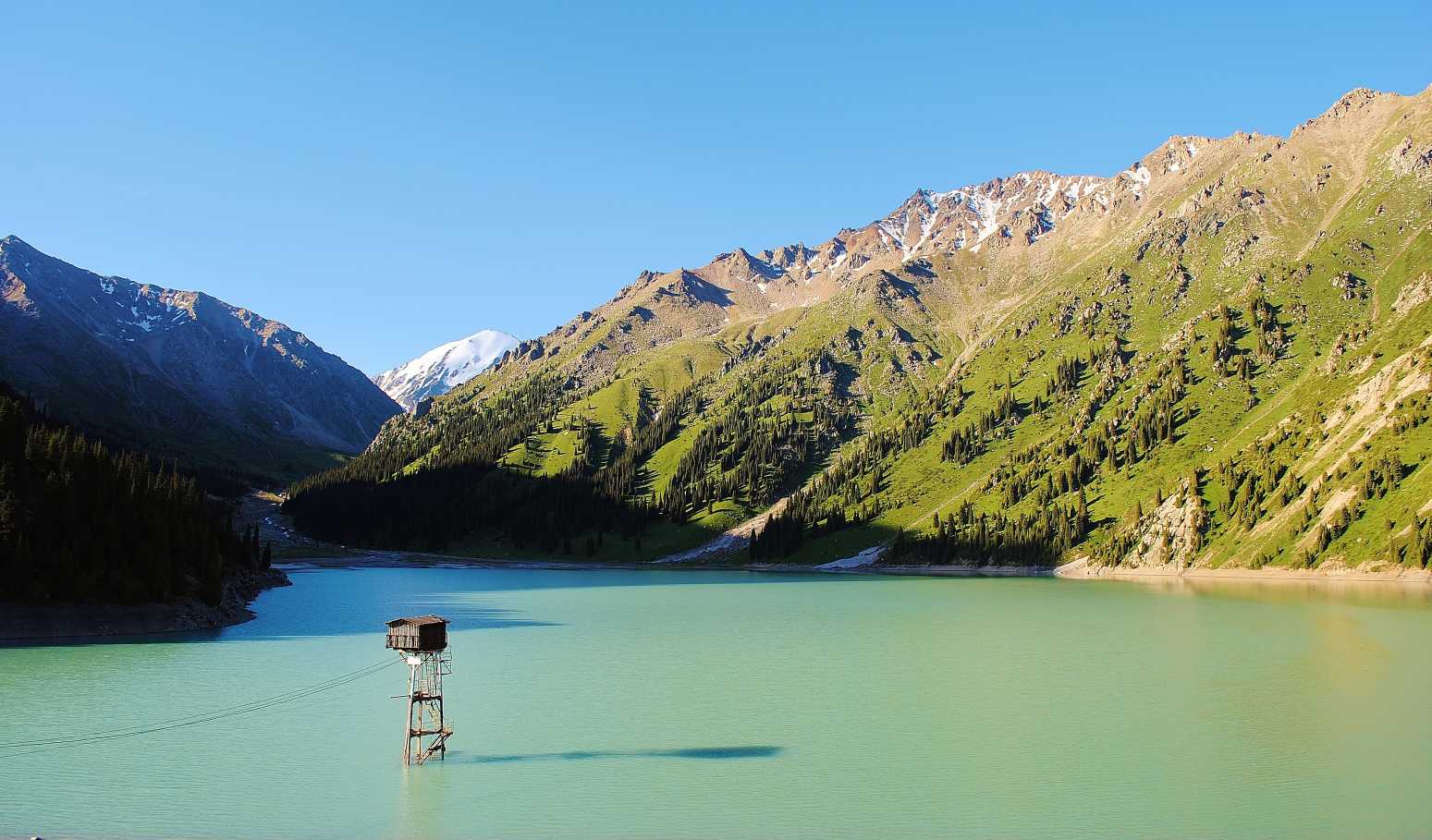
Gallery
I also recommend my press publication about my expedition around Kazakhstan.
Tourist attractions of Kazakhstan, Kazakhstan – the present times, history of Kazahhstan.
Tourist attractions of Kazakhstan
Kazakhstan itself is already a big attraction. First of all, I went there just to have a very close contact with the nature. There are high mountains, beautiful valleys, turquoise lakes high in the mountains, and various trekking options depending on your professionalism and thickness of your wallet. I also found very interesting adventure trips into the steppe, and just the presence itself in the middle of nowhere where you can only see the horizon, is truly beautiful. Also motorbike tours are very popular in this vast country, what is a great idea because of poor transport. According to my experience the best places to visit are: nature reserve Aksu-Dzhabagly, Charyn canyon, Zailisky Alatau and Tien-Shan mountains, Kolsay lakes and the steppe itself. Many of these sites offer great views, horse riding and meeting breeders of flying raptors. Kazakhstan also offers the possibility of sleeping in yurts and watching sheep grazing in vast valleys surrounded by mountains.
Nature is by far the biggest tourist attraction of Kazakhstan. As a second priority I recommend seeing Almaty and “the capital of the future” – Astana, and famous Turkistan with mausolea and mosques which are a few centuries old. When it comes to dining experiences I certainly recommend lamb skewers, kumyz (mare milk) and shubat (camel milk). Kazakhstan is a country where there is still a lot to discover. Whilst travelling around Kazakhstan you can find inner peace, because very often there is nothing that could upset us for hundreds of miles. However, Kazakhstan is a country that requires time because it`s so huge, and transportation is not always available. Either way, Kazakhstan is a beautiful adventure which I warmly recommend.
In case of problems I don’t advice to talk to the police, because in Kazachstan they create problems instead of solving them.
Kazakhstan – the present times
The eternal president:
Kazakhstan is ruled by the “eternal” President Nursultan Nazarbaev, who is one of the richest men in the world and has a share in every major business in his country. lt is hard to call his rule democratic, but on the other hand Nazarbaev is a man with a vision. He moved the capital of Kazakhstan to Astana, where many of the buildings are landmarks of modern architecture, and by 2030 he wants all Kazakhs to speak three languages: Kazakh, Russian and English. Especially in the last one language I honestly doubt very much, because I travelled around the whole of Kazakhstan and I had to learn Russian because no one knew English. Nazarbaev’s political opponents have been fired, jailed and even killed, though several museums advertise him as “an angel or a savior of his country.” He has developed good relations with Western countries as well as Russia and China, although “good” relations mean only business. In my point of view Kazakhstan is still in the Russian sphere of influence.
Kazakhstan is also famous for great corruption and the fact that it is an authoritarian regime, which in point of view is a combination of limited democracy with totalitarianism, focusing around one person – in this case around the eternal President Nazarbaev. On the other hand I do not want to judge the president of Kazakhstan. I`m only providing cold facts, simply because European leaders also have a lot on their conscience.
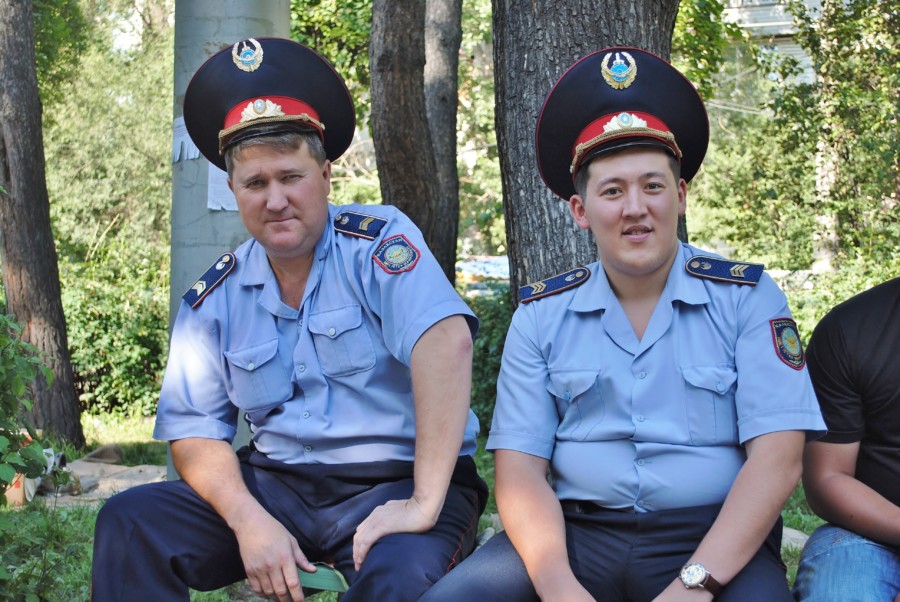
Police in Kazakhstan.
Economy:
Kazakhstan is a leader in the energy market and is rich in oil and natural gas, and it seems that the country is destined for economic success. Kazakhstan is a definite leader of Central Asia, and all natural resources provide economic growth. Comparing to the Soviet Union times, the standard of living has considerably improved, what dosn’t mean that “we should open a bottle of shampagne” because of this. Previously the Kazakh life was limited to yurts in the desert, and now we can see luxury glass buildings, beautiful shopping malls and restaurants, as well as the future capital – Astana. The above-mentioned things however, are limited only to Astana and Almaty where people have better salaries and build houses on the outskirts of big cities. On the other hand when I crossing a steppe by train, I saw many primitive homes without electricity, and small town in the west of Kazakhstan have a dark picture of reality. Also praiseworthy Turkistan where we can admire the historical architecture is beautiful only in that one place, while the bus station and its surroundings prove that Kazakhstan is after all still a third world country. The president himself admitted that at least 16% of the population lives below the poverty level, which is why I suggest that we do not judge Kazakhstan based just on wealthy enclaves. I learned that the average salary in Almaty is about $300, although I met people earning only $100. Of course this amount doesn’t determine the reality, because in rural Kazakhstan this rate drops to $50 per month. For example, mortgages can be taken with a 20-25% interest, what proves to the terrible inflation.
Kazakhstan’s economy has emerged from the crisis in 2008 and since then it has been growing at 7% per annum. On the other hand the Kazakh government realizes that it is too addicted to oil and minerals exports, which is why it is investing in other sectors of the economy, such as: transport, telecommunications, petrochemicals, pharmaceuticals and food processing. Despite this Kazakhstan’s economy still depends on oil and minerals exports, and its geographical location far away from the seas makes Kazakhstan depend on its neighbours in matters of exports. However Kazakhstan has access to the Caspian Sea where there is a very harmful to the environment pipeline. Also the railway network has been improved, but on the other hand the road condition is not in the best state. After the crisis Kazakhstan has devalued its currency – tenge, which is about 150 to the US dollar. Kazakhstan has unemployment around 5% and its public debt is about 16%. In my point of view Kazakhstan`s economy is very much alive and with favourable government over the next 20 years it should be quite successful.
Education:
Education is at a high level and it is compulsory up to high school. The level of literacy stands at high 99.5%. Also higher education is well developed and graduates of Kazakh universities can in theory continue their education in prestigious universities around the world. The problems are as follows: small for funding of education by the government (4% of GDP), not enough schools and teaching equipment and not enough teachers. As a result teachers are overworked and tired, and students come to school in two shifts and stay up late, which is reflected in the level of education.
Health:
When it comes to health there has been a serious decline in funding since the end of the Soviet era, a great shortage of equipment, not enough hospital beds and not enough doctors. In theory health care is free but in practice people have to pay bribes to be cured. Additionally the biggest health issues, like cancer and heart problems are in rural areas and especially around the Aral Sea and the former nuclear testing sites. Kazakh health system suffers then primarily because of the lack of funding by the government and lac of equipment, but also because of the very low wages, what caused a large emigration of professionals. One of the most common diseses are syphilis and tuberculosis. Prostitution and especially drug abuse causes HIV, and it is estimated that about 25.000 people a year get infected. HIV infections were also caused to young people by improper hospital work and lack of hygiene. Maternity ward is also bad, as on average about 40 mothers die per 100.000 births.
Culture/Religion:
The culture of Kazakhstan is a nomadic culture, based on travelling the vast areas in search of new pasture. An integral part of the Kazakh culture are yurts (tents based on large wooden balls), which apparently a healthy Kazakh woman can fold and pack on a horse or a camel in half an hour. Kazakhstan has also its national costumes and music, and it has richly decorated, beautiful souvenirs. These include rugs made of goat wool, but also silver jewelry and leather shields with rich ornaments and horse mane. Very popular are also the national games of Kazakhstan, consisting of horse racing, polo with a dead goat instead of a ball, and catching a girl on a horse. All those games I have already described in the National Games of Kyrgyzstan because look the same. All elements of the Kazakh culture are closely related to the nomadic way of life. Keeping birds of prey is also a Kazakh tradition. Many rituals have their a specific symbolism.
Culture of Kazakhstan underwent a slow change, and especially in the major cities. Out of 16mln people Slavs represent about 30%, what makes the Kazakh version of Islam (70%) very mild, and it is not similar to the Pakistani or Saudi Islam. There are plenty of churches in Kazakhstan and Orthodox Christmas are a nationional holiday, despite the fact that Kazakhstan is an Islamic country. For example in Almaty I saw beautiful Muslim women (I call them slitty-eyed kittens) in short skirts and high heel shoes, what it is a common view. Women also occupy about 20% of seats in the government.
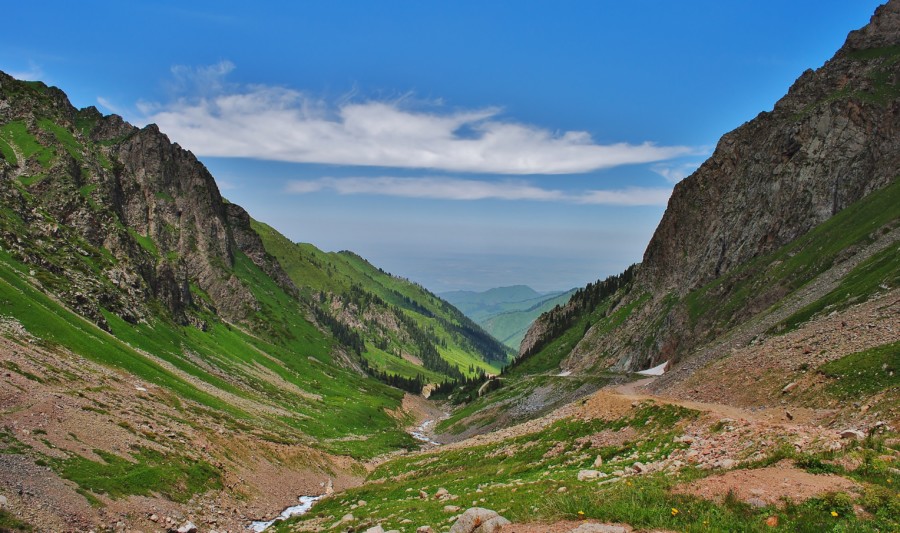
Beautiful nature of Kazakhstan.
Media:
Media freedom in Kazakhstan is guaranteed in the constitution, but it has only a very symbolic meaning. Kazakhstan is known for its intimidation, harassment and imprisonment of journalists and censorship of the internet. Television and radio stations have been blocked in Kazakhstan, although on the other hand there is an artificial propaganda of glorifying president Nazarbaev. Journalists who pose too much risk for the authoritarian regime are accused of crimes they did not commit, and then they are defamed. On the press freedom index out of 179 countries and territories Kazakhstan takes 154th place. This means that the slave freedom of press in Kazakhstan is even worse than in Pakistan, which is on the 151th place, and it is one of the most violent countries for journalists in the world.
Just for comparison, “the oasis of freedom and democracy” – the U.S. and the UK are at the poor 47th and 28th place, and the situation is getting worse every year, what means that the left-wing regime tights its grip.
Environmental problems:
Unfortunately Kazakhstan has also serious environmental problems. The Soviet Union conducted nuclear tests in Kazakhstan, which has led to environmental contamination, radiation near Semipalatinsk, and shrinking of the Aral Sea. Also water and air are polluted in those areas, and huge, dry steppe is not suitable for cultivation. Disappearance of the Aral Sea also causes climate extremes in the form of strong winds and further desertification of Kazakhstan. As this wasn’t enough Kazakhstan drills oil on the coast of the Caspian Sea, which further contributes to environmental pollution. Unfortunately, international efforts to save the Caspian Sea have not had big success.
History of Kazakhstan
Kazakhs are descendants of the peoples of Mongolian, Turkish and other origins, who lived in this territory when after Genghis Khan`s death his empire was divided into many parts. Culture of the Kazakh nation has always been closely linked with the formation of that vast country, which was at the mercy of bigger and smaller empires fighting for this land. Because of trade on the Silk Road, the south of the country was richer and its civilization more developed, but the northern part of Kazakhstan was inhabited by nomadic groups. They roamed thousands of kilometers of “endless” steppe in search of pastures for their animals. Kazakh nomads were crossing vast plains in search of pastures for horses, camels, sheep and other animals. In conditions of absolute emptiness, animals provided them meat, wool, leather, milk and kumys, which is mare`s fermented milk. Nomadic peoples of Kazakhstan lived in yurts which are still visible in many parts of the country.
The history of Kazakhstan is very long but I think it`s good to start from the VI century BC when the Persian Empire reached Amu-Darya river, and followed deep into Central Asia. In the year 330 BC Alexander the Great defeated Persians, and it was just the beginning of trade between Europe and this part of Asia. It was a time when silk, which was a highly valued material, came from China through Central Asia, and to Europe. That`s why I`m talking about the Silk Road. Then, from the birth of Jesus Christ to the XIII century Kazakhstan was inhabited by Turkish and Mongolian tribes, and in the first half of this century Kazakhstan was ruled by the world’s largest – the Mongolian Empire. In the meantime, in the VIII century Islam was introduced.
After Genghis Khan’s death his great territory was divided into several parts, and Timur who was the next ruler was based in Samarkand and Bukhara (present day Uzbekistan), and he ruled those areas, which we now know as Kazakhstan. One of those areas was ruled by an Islamic ruler named Özbeg, and his people were called Uzbeks. When after Timur`s death conflict also arose in those areas, Uzbeks also divided into two groups. Some of them went south to form their own country – Uzbekistan, and others chose nomadic lifestyle, settled in the north and became Kazakhs.
Between 1731 and 1742 Kazakh khans swore loyalty to the Tsar of Russia in return for protection against the Mongol Orjats. As a result Russia took over full political control over Kazakhstan. For example, in 1854 Russians built a fort which was the very beginning of the economic center of Kazakhstan (present day – Almaty). Russians and Ukrainians settled in Kazakhstan, and in the times of World War I Russians tried to mobilize Kazakhs to join the Russian army. Kazakhs objected to it and as a result about 150 000 were killed and about 200 000 fled to China. The following years were sad and sometimes even very dramatic for Kazakhstan, because all the Central Asian republics were differed by Russians only by linguistic reasons, and each one of them became the Autonomous Province. Russians started Russification of Kazakhstan. They introduced Cyrillic alphabet and nomadic Kazakhs were forced to work in factories, what meant that about one million people died of hunger. When in 1936 the Soviet Union was created, Kazakhstan was one of the republics and Stalin imported many thousands of other nationalities to Central Asia. As a result of that 30% of them died. After regaining independence in 1991 many Jews and Germans returned to their countries.
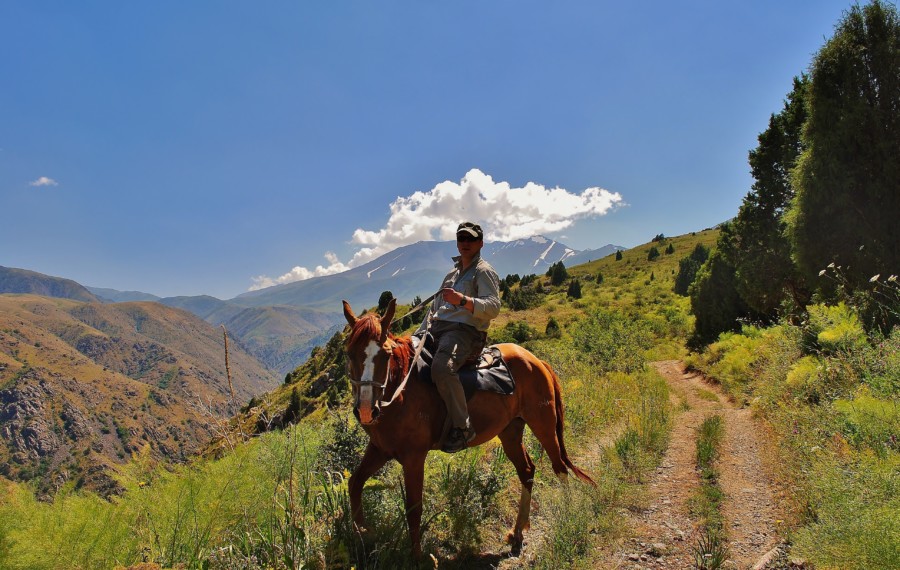
On horseback through Kazakhstan
It is worth mentioning that during the “cold war” vast areas of Kazakhstan were used by Soviets for nuclear testing what has had disastrous consequences, described in several museums across the country. In some parts of Kazakhstan there is still a strong radiation and these areas are not marked as hazardous to health. Despite this fact the Red Army and the Soviet Union are still advertised in Kazakhstan as the saviours of humanity. In my point of view Kazakhstan is independent only on a map.
Travel reports
Map
Location
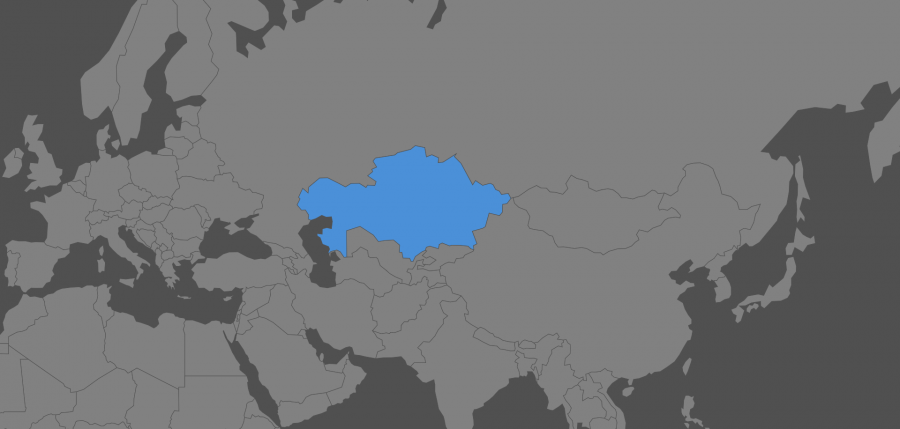
Practical information
Tourist visa: In 2017, Kazakhstan unilaterally abolished visas for citizens of 45 countries in connection with the EXPO 2017 exhibition. British do not need a visa to enter Kazakhstan, provided that the stay does not exceed 30 days.
In 2010 I got my visa in London for GBP28. I also had to write about the plan of my trip on a separate sheet of paper, complete the standard form, attach a picture and after three days I had my visa. Consulate offers a range of visas for stays of varying length and at various prices. My one was a 30-day single entry. Most European nationals do not need any official invitation. When I was there I did not have to register with OVIR (immigration police) because I landed at the airport. After crossing a land border with Kazakhstan I must registered up to three days after arrival.
Safety: I was traveling through the vast steppes of Kazakhstan, through small villages in remote areas, and I walked in bazaars in the evening, and around cities, and never saw any signs of aggression. The guide book likes to frighten us that we shouldn’t go anywhere after dark or stay only in public places. I was walking after dark where street lamps didn’t work, and it was always safe. Kazakhs themselves however, were under opinion that I should have not travelled by myself because it was very dangerous. To me the whole danger was just about getting lost in the mountains or the desert. Once, there was a bloody fight on the bus, but to a Polish man it is nothing unusual.
Moving around the country: the best way to travel the vast distances is by train, although buying a ticket is very difficult in summer. There are also marshrutkas (small buses) and shared taxis that leave when full. For me hitchhiking was a reliable way of transport, although sometimes I had to pay. After some time I understood that a combination of many ways of transport including long walks and patience, will always get me to my destination. Unfortunately, in many places transportation is very limited and seasonal.
Prices: (in 2010 when £1 = 250KZT) This is the most expensive country in Central Asia after Turkmenistan. However depending on where we go and what we do, we can do it cheap. The most expensive is transport and it is especially expensive in summer. We can pay $20 or $80 depending on where we want to go. A 2,5 hour drive by shared taxi costs around Astana even $25. Food is relatively cheap but especially in the south of the country. To save money my advice is to eat at the bazaars. For accommodation in Almaty I paid around $10 per night, while in Shymkent and Turkistan just $4. I always had a tent which saved me a lot of money. When it was too expensive I took my stock of dumplings, and went out of town to sleep in the mountains …… for free. $40 – $50 a day should be sufficient enough but it is easy to survive for half of that sum. Out of all the countries of Central Asia Kazakhstan was the most expensive for me.
Climate: continental, although depending on the part of Kazakhstan also moderate and dry. Kazakhstan has long, hot summers and long and very cold winters. Fluctuations in temperature are from about -45oC to 40oC. Springs and autumns are short and have low rainfalls.



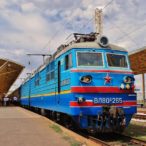

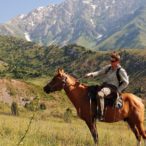
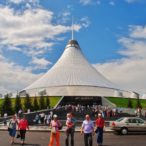
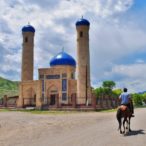










Andrew
Very interesting! We do Bachellor’s degree about Kazakhstan. Could you provide more specific information? Regards,
Bob
Photos from Kazakhstan are beautiful. When I saw them, I felt I wanted to go there too. They look as if Kazakhstan was a magical place.